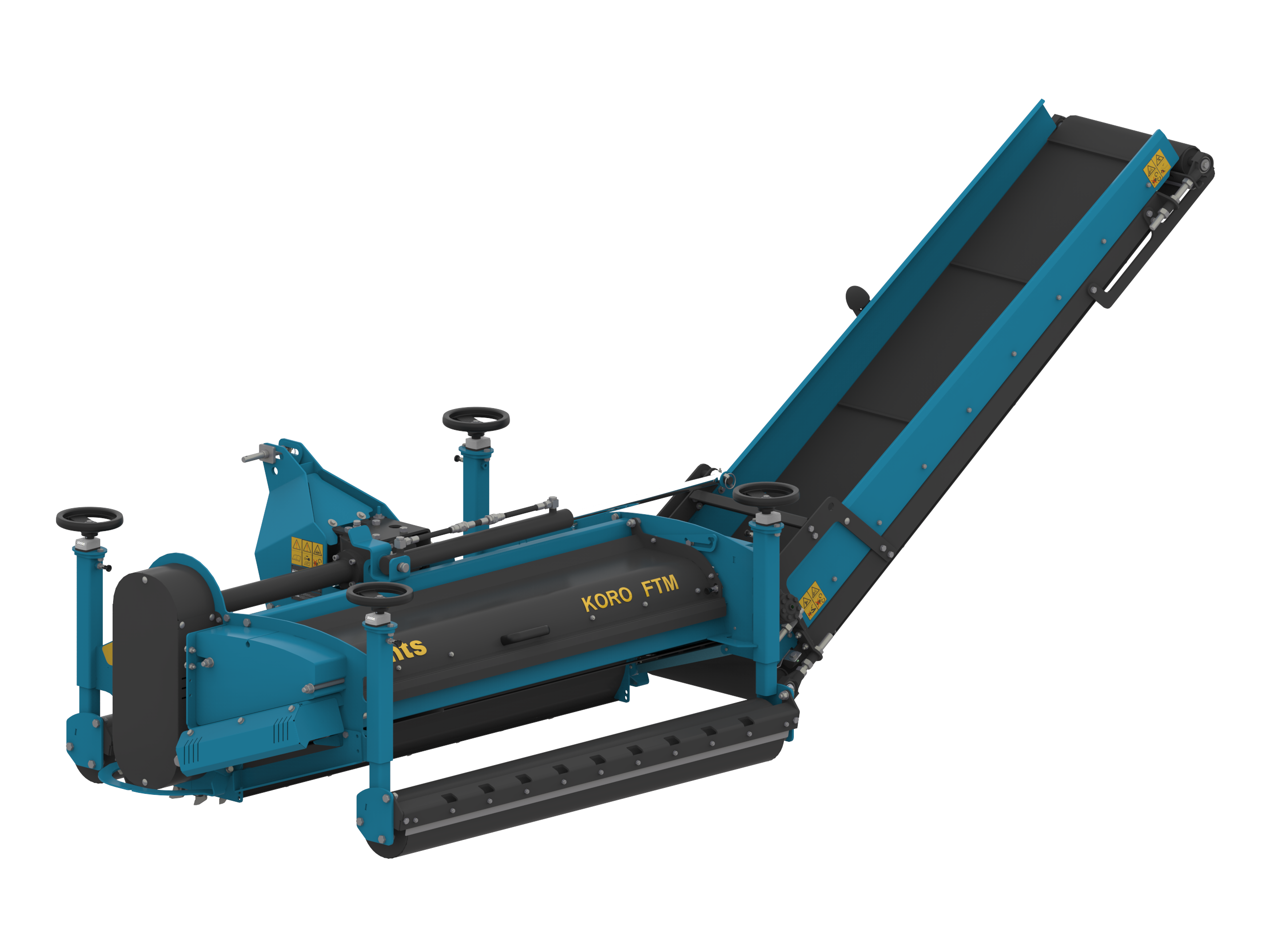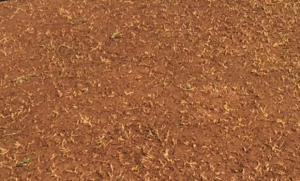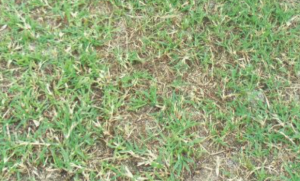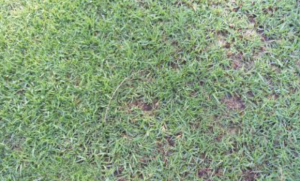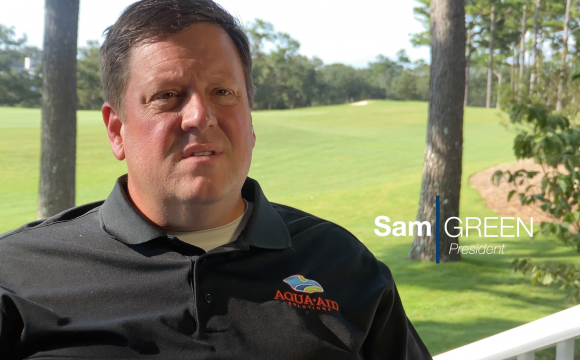This past fall our team gathered again at HQ in Rocky Mount, NC to prepare for the upcoming Virtual Trade Show season. We spent a few days together preparing new tools for both end users and our distribution and dealer networks to gain a deeper understanding and training into our solutions.
Cultural Solution
History of the FTM
The brainchild of Ko Rodenberg, the KORO Field TopMaker® (KORO FTM) came to market in 1997 as the key machine in a renovation program designed to improve turf quality and extend playing hours on natural turf soccer fields.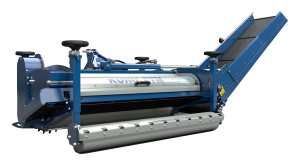
The largest contributing factor to the failure of sportsfields has typically been excessive thatch and Poa annua contamination. Ko Rodenberg designed the Field TopMaker to “fraise” or remove the very top part of the plant. This process was found to remove the shallow rooted Poa annua and excessive thatch accumulations leaving the crown of the desired plant. This allowed for faster and more uniform regrowth to occur. A single fraise mowing pass far exceeded the results of available scarification processes.
The acquisition of the manufacturing rights by Imants in 2009 and the fine-tuning of fraise mowing renovation practices has led to the design of a new range of rotors.
The indisputable success of the KORO FTM across all sports surfaces has helped produce healthier turf through greatly improved surface hygiene and the remastered 1.2 (48”), 1.6 (63”), 2.0 (79”) and 2.5 (99”) models build on that success.
Imants has turned KORO FTM into a system that can be used on a wide range of surfaces for a number of different renovation practices.
Understanding Fraise Mowing
A modern approach to managing excessive thatch buildup in warm season grasses is “CAMPEY™ UNIVERSE™ fraise mowing”.
Most warm season grasses are prone to the rapid accumulation of thatch. Conventional verticutting and scarification only remove around 7 – 10% of the surface matter and unless done on a regular basis cannot keep up with the buildup of thatch.
A radical approach is to remove all the organic buildup in one pass. The unique feature of the CAMPEY™ UNIVERSE™ rotor is that it can be set accurately to leave rhizomes and stolons in place, thus eliminating the need to re-sprig.
Once exposed to sunlight by removal of the canopy, regeneration is rapid with full recovery often in 3 – 4 weeks. Removing the thatch and organic debris minimizes water retention at the surface and ensures that any available water passes directly to the root zone.
In transitional zones, fraise mowing with the CAMPEY™ UNIVERSE™ rotor speeds up the transition from winter grasses to warm season grasses. The CAMPEY™ UNIVERSE™ rotor will take out the cool season grass and any organic buildup, but leave rhizomes and stolons in place. By removing the competition for water and nutrients and exposing them to light, the transition period is dramatically reduced.
CAMPEY™ UNIVERSE™ rotor are covered under US Patents
US Patents: US9,730,372; US9,820,422; US10,045,472
US Patent Applications: US15/646,668; US16/034,979



